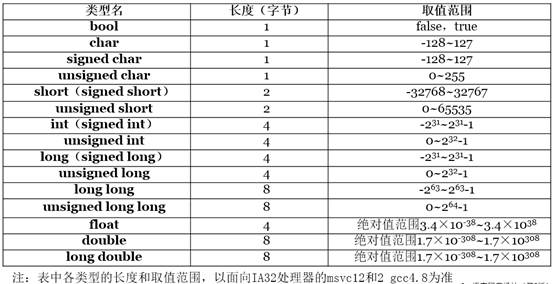可以将文章内容翻译成中文,广告屏蔽插件可能会导致该功能失效(如失效,请关闭广告屏蔽插件后再试):
问题:
When I compile a simple code that has the following 2 import statements:
import javax.mail.*
import javax.mail.internet.*
I get the following message:
package javax.mail does not exist
package javax.mail.internet does not exist
Why do I get this error?
Here is the code I have:
import javax.mail.*;
import javax.mail.internet.*;
import java.util.*;
class tester {
public static void main(String args[]) {
Properties props = new Properties();
props.put("mail.smtp.com" , "smtp.gmail.com");
Session session = Session.getDefaultInstance( props , null);
String to = "me@gmail.com";
String from = "from@gmail.com";
String subject = "Testing...";
Message msg = new MimeMessage(session);
try {
msg.setFrom(new InternetAddress(from));
msg.setRecipient(Message.RecipientType.TO , new InternetAddress(to));
msg.setSubject(subject);
msg.setText("Working fine..!");
} catch(Exception exc) {
}
}
}
回答1:
You need to download the JavaMail API, and put the relevant jar files in your classpath.
回答2:
Download javax.mail.jar and add it to your project using the following steps:
- Extract the mail.jar file
- Right click the project node (JavaMail), click Properties to change properties of the project
- Now go to Libraries Tab
- Click on Add JAR/Folder Button. A window opens up.
- Browse to the location where you have unzipped your Mail.jar
- Press ok
- Compile your program to check whether the JAR files have been successfully included
回答3:
If using maven, just add to your pom.xml:
<dependency>
<groupId>javax.mail</groupId>
<artifactId>mail</artifactId>
<version>1.5.0-b01</version>
</dependency>
Of course, you need to check the current version.
回答4:
You need the javax.mail.jar library.
Download it from Java.net and add it to your IntelliJ project:
- Download
javax.mail.jar
- Navigate to
File > Project Structure...
- Go to the Libraries tab
- Click on the
+ button (Add New Project Library)
- Browse to the
javax.mail.jar file
- Click OK to apply the changes
回答5:
It might be that you do not have the necessary .jar files that give you access to the Java Mail API. These can be downloaded from here.
回答6:
you have to set the classpath of your mail.jar and activation.jar file like that:
open the command prompt:
c:\user>set classpath=%classpath%;d:\jarfiles\mail.jar;d:\jarfiles\activation.jar;.;
and if u don't have the both file then please download them here
回答7:
- Download the Java mail jars.
- Extract the downloaded file.
- Copy the ".jar" file and paste it into
ProjectName\WebContent\WEB-INF\lib folder
- Right click on the Project and go to Properties
- Select Java Build Path and then select Libraries
- Add JARs...
Select the .jar file from ProjectName\WebContent\WEB-INF\lib and click OK
that's all
回答8:
you need mail.jar and activation.jar to build javamail application
回答9:
Download "javamail1_4_5.zip" file from http://www.oracle.com/technetwork/java/javasebusiness/downloads/java-archive-downloads-eeplat-419426.html#javamail-1.4.5-oth-JPR
Extract zip file and put the relevant jar file ("mail.jar") in the classpath
回答10:
I just resolved this for myself, so hope this helps. My project runs on GlassFish 4, Eclipse MARS, with JDK 1.8 and JavaEE 7.
Firstly, you can find javax.mail.jar in the extracted glassfish folder: glassfish4->glassfish->modules
Next, in Eclipse, Right Click on your project in the explorer and navigate the following: Properties->Java Build Path->Libraries->Add External JARs-> Go to the aforementioned folder to add javax.mail.jar
回答11:
For anyone still looking to use the aforementioned IMAP library but need to use gradle, simply add this line to your modules gradle file (not the main gradle file)
compile group: 'javax.mail', name: 'mail', version: '1.4.1'
The links to download the .jar file were dead for me, so had to go with an alternate route.
Hope this helps :)
回答12:
Had the same issue. Obviously these .jars were included with Java <= v8.x out of the box, but are not anymore. Thus one has to separately download them and place them in the appropriate classpath as highlighted by several folks above. I understand that the new Java is modularized and thus potentially more light-weight (which is certainly a good thing, since the old setup was a monster). On the other hand this - as we can see - breaks lots of old build setups. Since the time to fix these isn't chargeable to Oracle I guess this made their decision easy...



